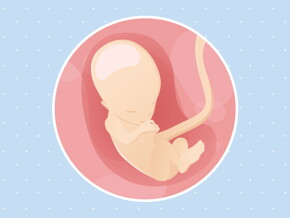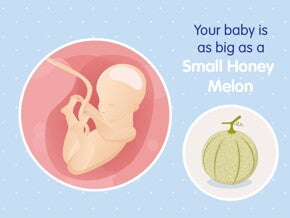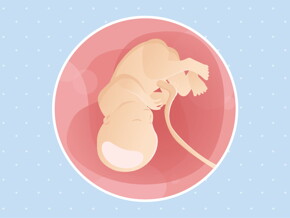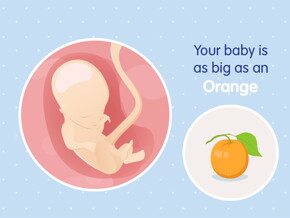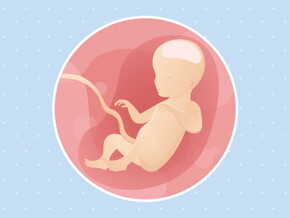
2'-FL – Natural Guardians of Your Baby’s Development
What is 2'-FL?
Milk oligosaccharides are known as a baby's ‘natural guardians’ as they assist the undeveloped immune systems of babies. To date, more than 200 types of milk oligosaccharides have been identified.
2'-Fucosyllactose (2'-FL) is one of these 200 ‘natural guardians’ that help support a child’s immune system. It is also the most abundant type of milk oligosaccharide found in breast milk.
Despite not having nutritive value, breast milk still contains an abundance of oligosaccharides for the following reasons.
Benefits of 2'-FL
2'-FL is part of a group of a special type of milk oligosaccharides that are found in abundance in breast milk. Studies have shown that milk oligosaccharides such as 2'-FL provide several health-promoting benefits.
2'-FL encourages the growth of ‘good’ bacteria in your baby’s digestive tract, which is where 70% to 80% of cells that support immunity are located. A healthy digestive system is thus essential for the development of your baby’s immune system.
In addition, 2'-FL blocks the growth of harmful bacteria and strengthens your baby’s gut barrier function. This supports the development of a healthy immune system.
What is the difference between 2'-FL and prebiotics?
Besides selectively promoting the growth of beneficial bacteria in the gastrointestinal tract, milk oligosaccharides are also highly effective in increasing the number of cells that support immunity.
Prebiotics such as galacto oligosaccharides (GOS) and fructo oligosaccharides (FOS), on the other hand, are structurally different from milk oligosaccharides and do not offer the same targeted benefits.
Does my child need 2'-FL?
2'-FL is recommended as it helps influence your child’s immunity development in a positive way. Studies have found that a higher level of 2'-FL is associated with greater protection against infections such as infant diarrhoea, as well as a lower risk of allergies.
Where is 2'-FL available?
With the advancement of technology, 2'-FL is now available in milk formulation in Singapore. These formulated milk help flourish a favourable gut environment that blocks the growth of harmful bacteria and maintain beneficial bacteria. This is particularly vital as the digestive tract is an important immune organ. As your child grows and gets exposed to different types of germs in his or her daily routine, this may offer greater immune protection.
When choosing formula milk, check the label for 2'-FL. These formulas are also usually enhanced with iron and vitamins to support your child’s natural defences.
REFERENCES:
1. Marriage B, Buck R, Goehring K, Oliver J, Williams J. Infants fed a lower calorie formula with 2′FL show growth and 2′FL uptake like breast-fed infants. J Pediatr Gastroenterol Nutr. 2015; 61(6):649-58.
2. Morrow A, Ruiz-Palacios G, Altaye M et al. Human milk oligosaccharides are associated with protection against diarrhea in breast-fed infants. J Pediatr. 2004; 145(3):297-303.
3. Perdigón G, Fuller R, Raya R. Lactic acid bacteria and their effect on the immune system. Current issues in intestinal microbiology. 2001 Mar; 2(1): 27-42.
4. Vandenplas, Y., Berger, B., Carnielli, V., Ksiazyk, J., Lagström, H., Sanchez Luna, M., & Singhal, A. Human milk oligosaccharides: 2′-fucosyllactose (2-FL) and lacto-N-neotetraose (lnnt) in infant formula. Nutrients. 2018; 10(9), 1161.



